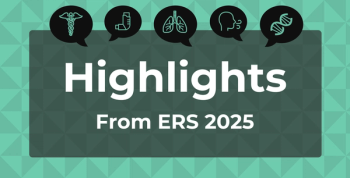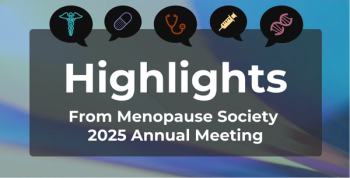
The Complexities of Medicare Part B Drug Negotiations vs Part D: H. John Beardsley and Fauzea Hussain
Medicare Part B drug negotiations in 2028 pose challenges for providers, requiring new payment systems and strategies to ensure patient access, explained H. John Beardsley, MBA, of CoverMyMeds, and Fauzea Hussain, MPH, of McKesson.
When Medicare Part B drug negotiations take effect in 2028, it will bring new challenges for providers, explained H. John Beardsley, MBA, senior vice president of corporate strategy and business development at CoverMyMeds; and Fauzea Hussain, MPH, vice president of public policy at McKesson. New payment pipes between pharmacy benefit managers (PBMs) and provider offices need to be established, and there will also be 340B implications.
This transcript has been lightly edited; captions were auto-generated.
Transcript
Although 2028 seems far away, is there anything stakeholders should start doing now to prepare for when Part B drugs join negotiations?
Beardsley: One of the big differences is provider offices don't have the concept of standalone kind of revenue cycle management for drugs the way that pharmacies do. …If there's a big change for independent pharmacies and retail pharmacies that we anticipate for ’26, it's going to be even more complicated for provider offices. And there's not a lot of easy payment logistics for provider offices in place already to handle these kinds of things.
There's probably also going to be 340B implications, as well, as health systems think about the relative value of MFP [maximum fair price]-negotiated drugs versus other drugs that are in their portfolio from a 340B perspective.
Hussain: It's a good time to start preparing for what Part B [negotiations] could look like, because the systems are so different, as you noted, between [parts] D and B. I think [Part D negotiation] is sort of an indicator of what to expect and what’s to come. But I do think that, because the processes are so different, I don't think it's going to be a linear learning. And I think that means we have to get a better handle as to making sure that we preserve the patient access.
Beardsley: If I could build on that one step further to be maybe a little bit even clearer. Today, in P art D, there is already pipes that allow for payment processing between PBMs and pharmacies. There are not pipes, today, that allow for payment between PBMs and provider offices. And in Part B, that's something that's brand new, that's going to have to get created between now and 2028.
Hussain: That’s right: new data flows; new management; same hurdles, but at a much higher cost threshold; and patient impacts.
Newsletter
Stay ahead of policy, cost, and value—subscribe to AJMC for expert insights at the intersection of clinical care and health economics.













































